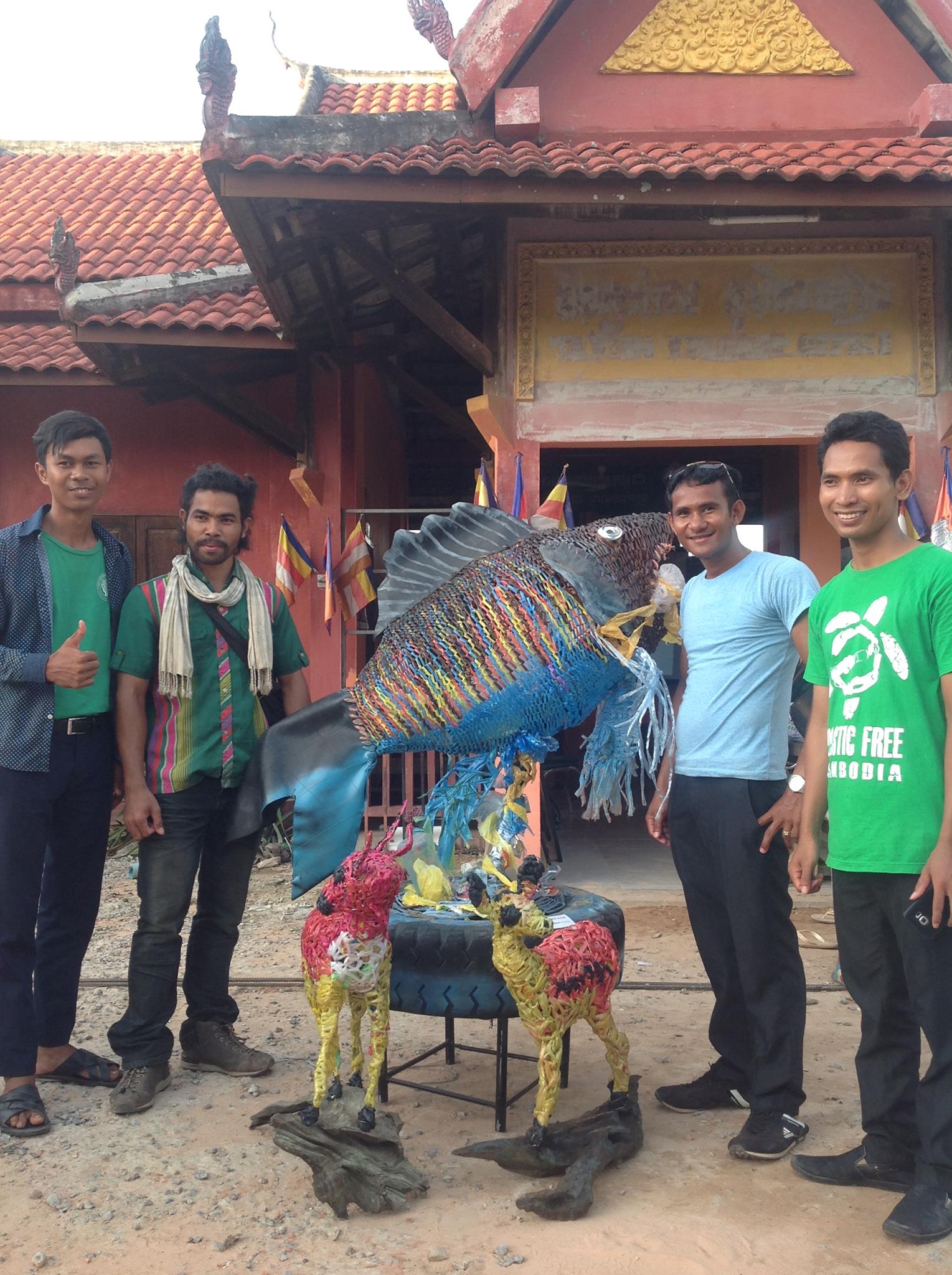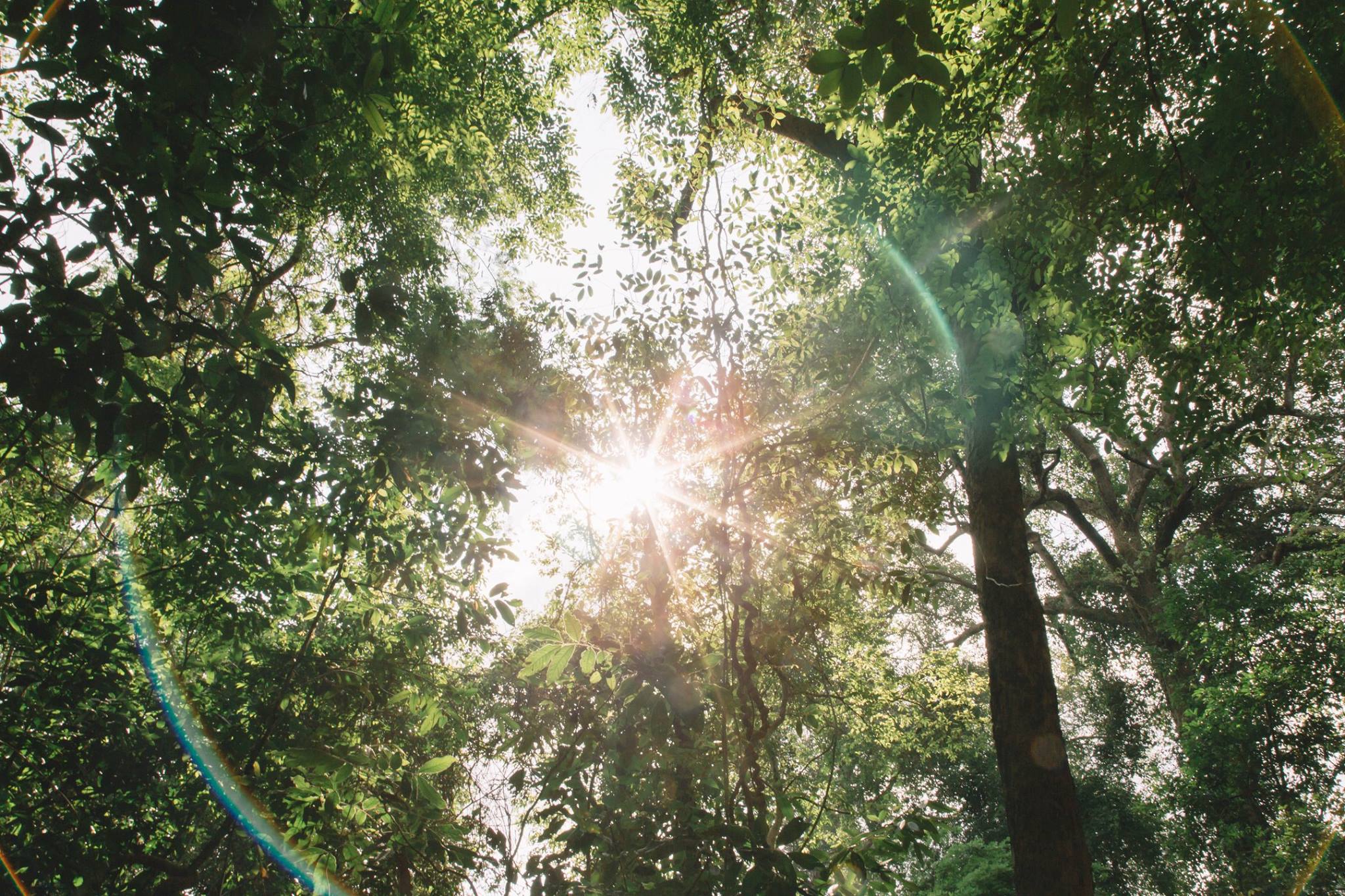Community, Environment and Economic Sustainability
This article was originally published in the PATA bulletin in October 2019.
The magic formula for sustainable tourism is community, environment and economy, when these three things are in balance then we can truly say that the tourism sector is sustainable. For now… it is a work in progress with one or all of these factors missing in a lot of ways and from all of the main stakeholders. Often overlooked due to economic factors, or short-sighted planning. Many travellers rely on tour packages or on the other extreme, figure things out as they go, which can leave many areas neglected and therefore inadvertently missed.
So how do we, as the industry provide better information to travellers to help them be part of the solution, rather than the problem?
Let’s look at each segment.
Community
This is the host population and sadly many people living in a tourism destination are overlooked or not given an equitable voice when it comes to tourism planning. Their daily needs are swept aside as priority is given to people visiting for just a few days, and so the revolving door of entertaining them begins.
How can travellers be more aware? And what should the industry be informing them of?
Clothing and understanding social norms of the host community. Whilst it would be wonderful if every traveller took the time to check up on the predominant social norms of the places they’re visiting, experience shows that largely they don’t, or for some inexplicable reason think they don’t need to observe those rules. Scantily dressed women and shirtless men visiting countries that are generally much more conservative than where they came from – not to mention, that they probably wouldn’t dress like that at home – makes local people feel extremely uncomfortable. Then there are other things like hand gestures, photos and attitude that come into play.
Some great examples where the industry has endeavoured to minimise these kinds of behaviours include small information booklets in hotel rooms, on café tables and on posters in the bathroom and these have a wonderfully positive effect on the minds of those who didn’t realise the importance before. Could we also see airlines and coach services play a more active role in this? A code of conduct presented on each passenger seat? Or perhaps a bit of information on the arrival card?
Whilst tourism is something that is enjoyed by many and there are no limits to where tourism goes, the local community is largely uninformed of what is actually happening to the place where they live. In vulnerable communities, adults and children alike are at great risk for the naiveté and ‘good intentions’ of travellers. (http://www.swaraj.org/illich_hell.htm). A vicious cycle of begging and poverty and the perception that foreigners have lots of money feeds in a continuous loop of false feelings of helping and oppression of those caught in the loop that runs their lives leaving them as poor in the end as it was in the beginning, and frequently with abuse and slavery attached behind the scenes. (https://www.siemreap.net/magazine/travel/why-you-shouldnt-give-money-to-begging-children/)
Religion is another critical element that is often misunderstood by travellers. With the number of religious sites around the world that are also tourist attractions, it is a fine balance to moderate the two. Tourists are often let to get away with things because they don’t know, however ignorance should not be an excuse. Tour guides need to be empowered to stick to strict rules and tourists will largely follow the information as long as they have it to hand. Our communication as an industry should be consistent, informative and enforced to ensure minimal impact from travels to the local community.
What can you do?
- – Collaborate with organisations such as Childsafe by Friends International (https://thinkchildsafe.org/)
- – Train your team, make sure your team are educated on best practice and how to communicate that to guests
- – Use flyers, emails, social media, and in person communication to inform travellers about local norms and responsible tourism practices
- – Recommend trusted businesses that observe best practices
- – Where you can, consult the local community for their input

Environment
In 2018 a report by booking.com revealed that 87% of travellers surveyed want to travel more sustainably. Their 2019 report also stated that 37% of travellers don’t know how to do this, so this is an excellent opportunity for the industry to guide travellers – they really do want to know but they just need some help to put their wishes into action. 73% intend to say in at least one eco-friendly accommodation during the year and 70% would opt for an eco option for their hotel if that information is available. (https://globalnews.booking.com/bookingcom-reveals-key-findings-from-its-2019-sustainable-travel-report/)
However seeing that in action also requires infrastructure such as water refill stations, reminders such as posters, dialogue with tourism staff to keep them on track and for environmental protection to be top of mind.
Furthermore to see that the industry is taking it seriously at every level by providing transparency and insights into the actions they’re taking. Two excellent examples of hotels doing this are Inle Princess in Myanmar (http://inle-princess.com/) and Knai Bang Chatt in Cambodia (https://www.knaibangchatt.com/), where there are interactions such as segregated waste bins in rooms, local artisans village and back of house sustainability tours.
These kind of things delight and reassure customers, as does seeing food presented in local and natural style – what may not seem modern enough to local staff, is quaint and endearing for travellers who find it exotic and novel.
Safeguarding the environment is absolutely essential in ensuring profitable tourism into the future as most tourism relies on the conditions of the environment to attract tourists.
What can you do?
- – Look at certifications that provide in-depth benchmarking
- – Educate your team, make sure everyone is on the same page to act together for environment
- – Take part in community actions around environmental care such as clean ups and tree planting (or initiate if there aren’t any in your area)
- – Take steps to reduce your businesses environmental impact
- – Communicate with tourists via flyers (unlaminated), emails, social media and face to face communication on how they can reduce their impact

Economy
Questions we should be asking include; where does the money go? Is the local community integrated with and benefiting from the tourism industry? And how can the industry ensure that things are sustainable.
A long term vision with regard to economic sustainability is fundamentally essential. If tourism activities degrade of result in the destruction of natural resources, it is likewise going to eat away at the future incomes of such activities as they will deplete along with the resources they rely up.
Take Siem Reap for example, the gateway to Angkor, one of the world’s largest religious monuments and an attraction to millions each year. Siem Reap is one of the poorest provinces in Cambodia, despite it being the hub of tourist activity. Whilst it is slowly improving it is certainly not in direct correlation to the millions pouring in to the country from tourism, which accounts for 32.8% of GDP. (https://www.worldbank.org/en/country/cambodia/overview)
It begs the question of who is benefiting and what the long term impacts are.
So how can we direct tourists to support locals in a meaningful way economically? We can promote businesses that have social impact and more of these are taking hold throughout the region. Seeking out businesses that offer fair wages and good working conditions is a good way to direct funds to the people doing the hard work. Some businesses even provide a profit-share for staff, meaning they are not only invested in the business but also see the rewards. As businesses model on the People, Planet Profit model, you can be assured that those businesses are invested in sustainability across all 3 factors in the magical trilogy.
What can you do?
- – Look at your business and take necessary steps to ensure financial sustainability, consider engaging with a business coach
- – Invest in staff; happy staff will be loyal staff which in turn promotes sustainability for your business
- – Nurture alliances and collaborations, a strong community also supports business sustainability
- – Give back/pay it forward; can your business support local and grassroots projects that also hold these criteria as core beliefs?

Photo credit: Arisa Chattasa on Unsplash
In summary; we as the industry have a responsibility to bridge the gap between industry practices and consumer understanding. All stakeholders need to play a part of the sustainability of tourism and the industry is in a strong position to lead the way though real action. We already have the knowledge, we just need to lead by example and put that knowledge into action.
Get stories direct to your mailbox
Don’t miss out on the good stuff! I send one email each week to bring inspiration and practical advice direct to you. I’d love to connect with you and share more of what you need to live a sustainable life, so add your name and I’ll see you there.
You must log in to post a comment.